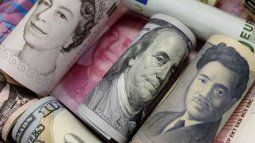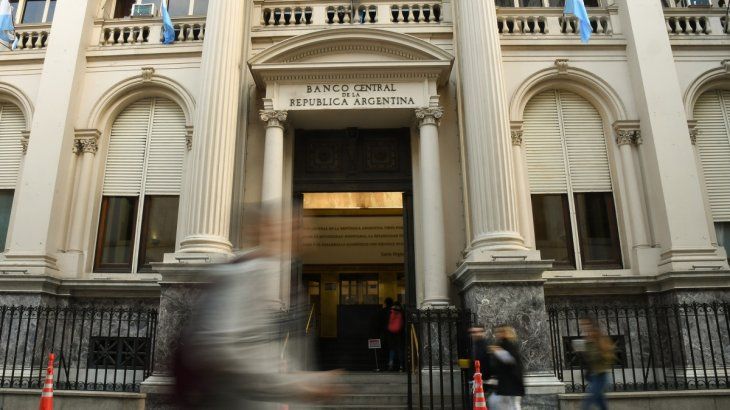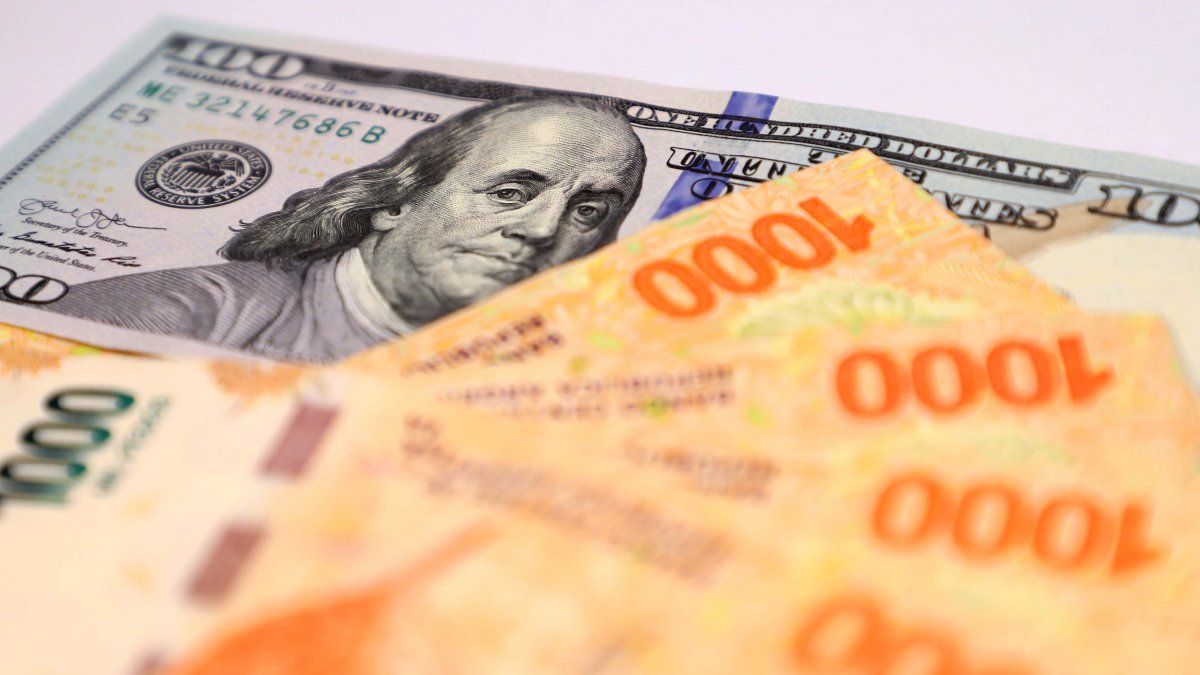The Board of Directors of the Central Bank meets this Thursday to define whether or not to raise the interest rate, after the inflation data for March and the run on the dollar.
The Board of Directors of the Central Bank meets this Thursday to define whether or not to raise the interest rate. Beyond the speculations that arose after the hard inflation data for March (which scored 7.7%), the truth is that the cards are cast and it is 50%-50%.
The content you want to access is exclusive to subscribers.
The truth is that the rise of the blue dollar and of the financial dollars changed the panorama in the midst of a context of scarce reserves, with an agricultural dollar that started with setbacks and negotiations with the International Monetary Fund (IMF) to make goals more flexible. Doubts about whether or not it is convenient to raise it to curb the demand for foreign currency also invade the market. While some say that there could be a moderate rise to 80%, others say that it would not be convenient since it might not have a great effect on the strong demand for dollars.


* “The overheating of prices leaves the BCRA with the need to accelerate the devaluation of the official exchange rate and probably also raise interest rates if we take into account that inflation in April would be close to 7%,” estimated Delphos Investment.
Central Bank.jpg

Yesterday the Central Bank did validate more expensive rates for the market. The Ministry of Economy managed to place on Wednesday financial instruments for a total of $227,132 million, a figure that implied a net financing level of 120%, which constitutes a strong improvement in relation to the last tender in March. Of the total financing, 72% was made up of instruments indexed by CER, 16% at a fixed rate, and the remaining 12%, for instruments adjusted to the official exchange rate.
In the market they are observing what happened with the discount bill (LEDE) that matures in July, since it came out with an effective annual rate of 132.6%, which is much lower than in the secondary markets.
Are there reasons not to raise the rate?
In principle, yes. The effective annual rate is 113% and it continues to be positive compared to the last REM (Market Expectations Survey) which gave 110% for the entire year. However, with rising dollars, savers analyze with greater expectation whether the rate will manage to keep up with inflation or not.
In any case, the situation is complex. “7.7% inflation in March adds pressure to the BCRA and determines a new nominal value, where no option is easy. Doing nothing implies that the exchange rate appreciates, making it difficult to accumulate reserves,” said economist Roberto Geretto , from Fundcorp.
“If devaluation is accelerated to avoid exchange rate appreciation, inflation is fed back. And if interest rates rise, the Leliqs ball continues to enlarge, where in the current context it is of little use to lower inflation,” he explained.
Source: Ambito
I am a 24-year-old writer and journalist who has been working in the news industry for the past two years. I write primarily about market news, so if you’re looking for insights into what’s going on in the stock market or economic indicators, you’ve come to the right place. I also dabble in writing articles on lifestyle trends and pop culture news.




